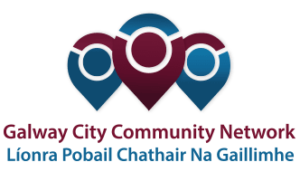Projects
A serie of Citizens Science Projects - Have your project be listed here!
Handedness Science – Manual Actions on Infants
The development of handedness and of complex manual actions in infants, recorded in natural day-to-day settings.
Infancy is a period of remarkable development during which babies learn to walk, talk, and use their hands. In fact, babies use their hands a lot!
As early as 6 months they can reach for and grasp a toy and often raise objects to their mouth to explore them. By 9 months or so they can pass a toy from one hand to the other and grasp objects between their fingers and thumb. By their first birthday, infants start to point to direct others’ attention, and by 16 months or so toddlers can use their hands to drink from a cup and eat with a spoon.
We are very interested in how hand use develops. We are particularly interested in how babies coordinate their right and left hands, and when they show a consistent preference for using their right or left hand. To this end, we are enlisting your help through Citizen Science
Psychologists often study infant behaviour in research laboratories. While we can learn a lot from this method, these unfamiliar surroundings do not reflect a child’s day-to-day experience. Furthermore, some babies can be shy in the presence of strangers even with a parent present. We are therefore looking to study infants’ hand use in their own homes where they are comfortable and where the toys and household objects are familiar and interesting to them.
You do not need to film anything new for us, but you are welcome to film something according to these guidelines if you like. Videos can be of any length, but we suggest that they are no longer than 30 seconds because bigger files take a long time to upload.
Those interested in participating can follow this link to our information sheet (https://docs.google.com/forms/d/e/1FAIpQLSeyNBJ0iXauawajYkwxuMiyxZGIGjepihIAT66Qs1e1voUKLg/viewform), where you will receive another explanation of the study, the kind of videos we’re looking for, and most importantly how we ensure safe storage of the videos while we extract data about infants’ hand use.
In order to participate, you will fill out a consent form. Within a few days, after we have checked your form, you will receive an email from us. In this email, we will give you a short, randomised code so we can identify your video, and a link to an online form that you can use to upload your video.
Target Citizens Group Involved:
Parents with young children (6-16 months) in general public
To Participate in handedness infant manual actions in natural day-to-day:

To support the Impact on infants collaborate with us…
COVID-19 Impact on Food Habits
Help us to Investigate the effects of COVID-19 during COVID-19 and the future side effects
What is COVID-19 on Food Habits Project:
Food is for some people is purely subsistence, for others it can be about good health, connection with nature and with family, in expressing one’s cultural identity and way of life. At the COVID-19 on Food Habitas project we are looking if these attitudes are being reinforced or lessened as a result of the lockdown. There is no doubt that, in some individuals cases, there has been a behavioural shift towards what is eaten and how it is eaten. Anecdotal evidence suggest that there has been a rise in the amount of people that are now growing vegetables, herbs and fruits at home; in trying to decrease food waste; in cooking and baking new types of recipes, with banana bread for instance becoming a recent social media sensation; in families sharing meals together; in concern about the impact of ‘food miles’ on the environment and society and in where one buys food. yet there also seems to be an increase in families purchasing takeaways as a substitute to eating out.
What is COVID-19 on Food Habits do different:
The Insight SFI Research Centre for Data Analytics at NUI Galway is inviting the public to take part in a questionnaire that is designed to find out how people’s attitudes to food has been impacted by the COVID-19 pandemic. The survey is part of a European-wide research project.. We want to find out, amongst other things, how extensive these changes actually have been and if people intend to continue with these changes post COVID-19. All data will be treated anonymously and confidentially at every stage of the research that fully complies with the EU’s GDPR regulations.
What is the objective of COVID-19 on Food Habits:
Measuring to what extent this crisis has changed people’s relationship to food in terms of planning, purchasing and growing food as well as in the preparation, the ingredients used and in dietary aspects.
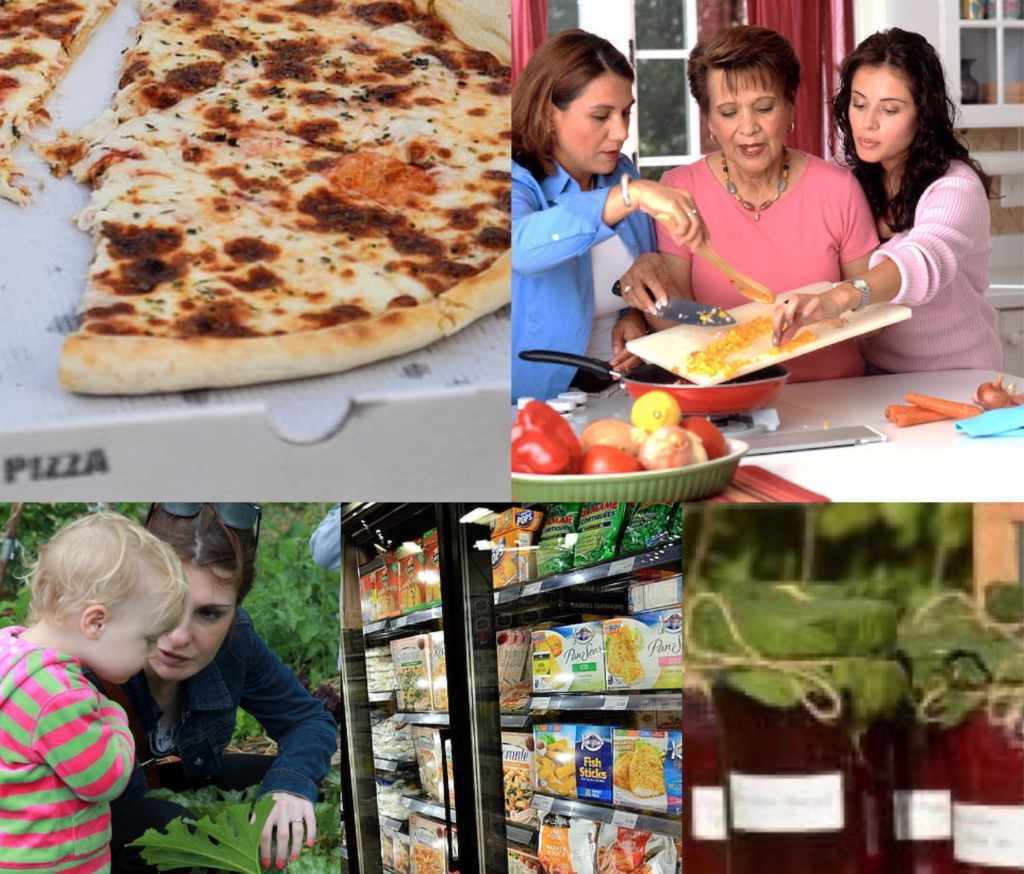
To support the COVID-19 Impact on Food Habits project complete the questionnaire…
Care-Peat Project
If you love our planet, Help us to protect the soil - there is not Planet B
What is Care-Peat Project:
Care-Peat is a North-Western (NWE) International regions (InterReg) project where nature organisations work with landowner groups to demonstrate carbon savings potential by using innovative technologies over large extension(s) of land ranging from 10 to 250 ha. considered as pilots. In Care-Peat five knowledge institutes from 3 countries work together with industry partners and citizen’s organisations to develop and test new techniques for improved peatland carbon assessment and accounting to highlight the region’s natural potential for significant carbon reduction.
What Care-Peat do different:
The innovative actions that Care-Peat project promote are that companies in the field of restoration together with citizens from nature organisations develops partnerships with local and regional stakeholders to reduce the CO2 emissions and maximize socio-economic benefits by restoring the peatlands in NWE areas. Methods tested and validated will be transferred and replicated to users across NWE to determine the most appropriate management measures. Partners, who manage additional peatlands, will facilitate further restorations after project end to benefit both biodiversity and carbon reduction policies. The project will continuously liaise with our Connects partners to maximise exchange, cooperation and dissemination. The effect of pilots at project end is a C reduction of 7,800 tonnes/year, after 5 years 0.14 MT/y and after 10 years 1.4 MT/y across other NWE nature reserves.
What is the objective of Care-Peat:
Beyond the fact that the Northern hemisphere peatland soils contain 33% of global soil carbon, while accounting for only 3% of total land area. Many of these peatlands are degraded and emit rather than store carbon. The main objective of Care-Peat project is to demonstrate that innovative technologies can reduce the net emissions of CO2 saving pit-land ecosystems and at the same time increase the capacity and accounting techniques for restoration.
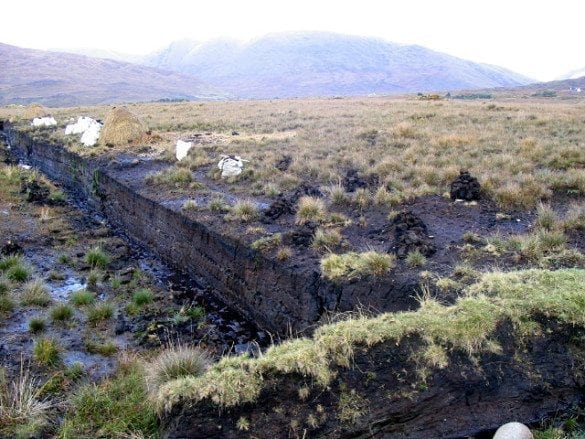
For more details about this project…
crowd4access Project
Collaborate with us for Investigating the best ways to improve urban spaces with Science
What is crowd4access Project:
Crowd4Access is a Citizen Science project that provides an opportunity and an environment for the general public to map the accessibility of cities through crowdsourcing and data analytics.
What crowd4access do different:
Everyone has challenges when navigating the footpaths of a city. The wheelchair user and the parent pushing a buggy may need access ramps, the runner may need an even surface, the person with low eyesight may need a good contrast between footpath and the street, whereas the blind may need tactile pavement. We want to learn about the problems that you can encounter when navigating the city.
What is the objective of crowd4access:
Mapping the accessibility of neighbourhoods, share experiences of moving around the city and contribute to the development of an Irish dataset of images of good and bad accessibility in urban areas.
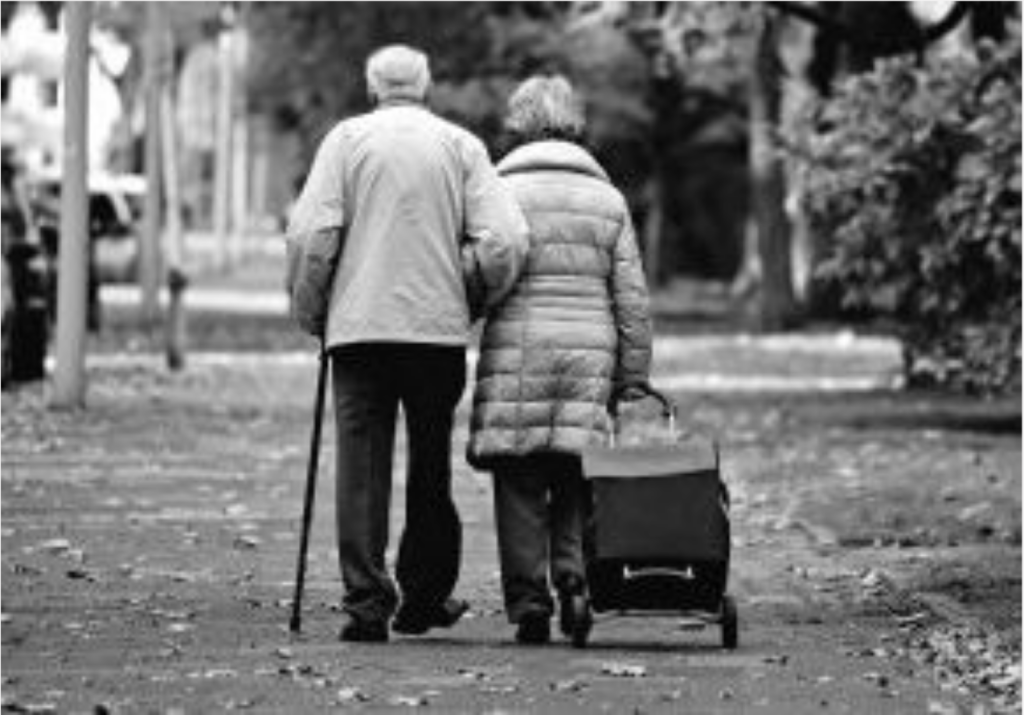
For more details about this project…
Environmental Monitoring Project
Sensors and IoT Platforms for collecting sensor data and estimate climate condtitions
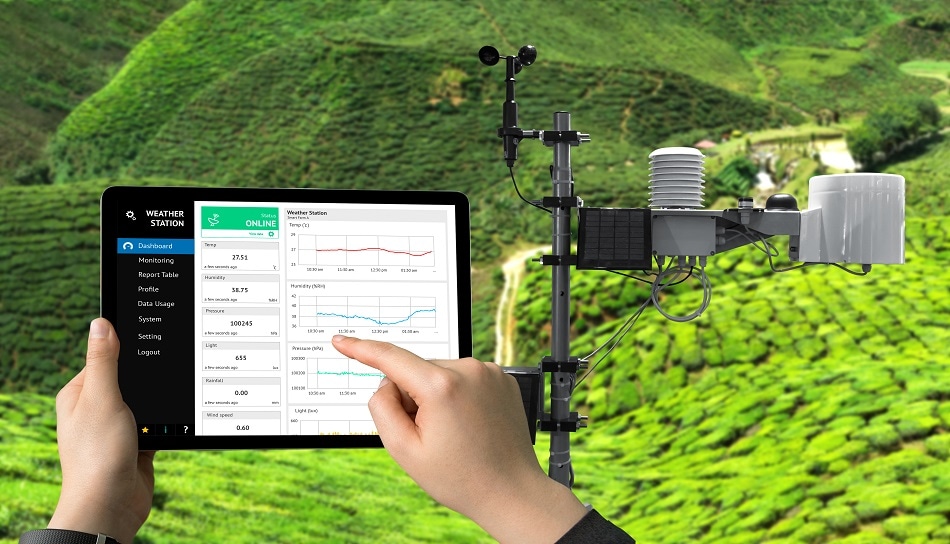
At its core, environmental monitoring is designed to help understand the natural environment and protect it from any negative outcomes of human activity.
The process is an integral part of environmental impact assessments and results can directly determine whether or not projects are given the all clear.
For more details about this project…
Air Quality
Ireland benefits from prevailing weather patterns which typically bring relatively clean south-westerly Atlantic air over the country. Under certain conditions, typical weather patterns can be disrupted, and pollutant emissions build up in the air. These conditions can occur at any time of the year, but the impact on air quality can be particularly severe during winter, when the combination of cold still weather, increased emissions associated with a higher heating demand, particularly from solid fuels, can lead to high concentrations of pollutants with a consequent increased risk to human health.
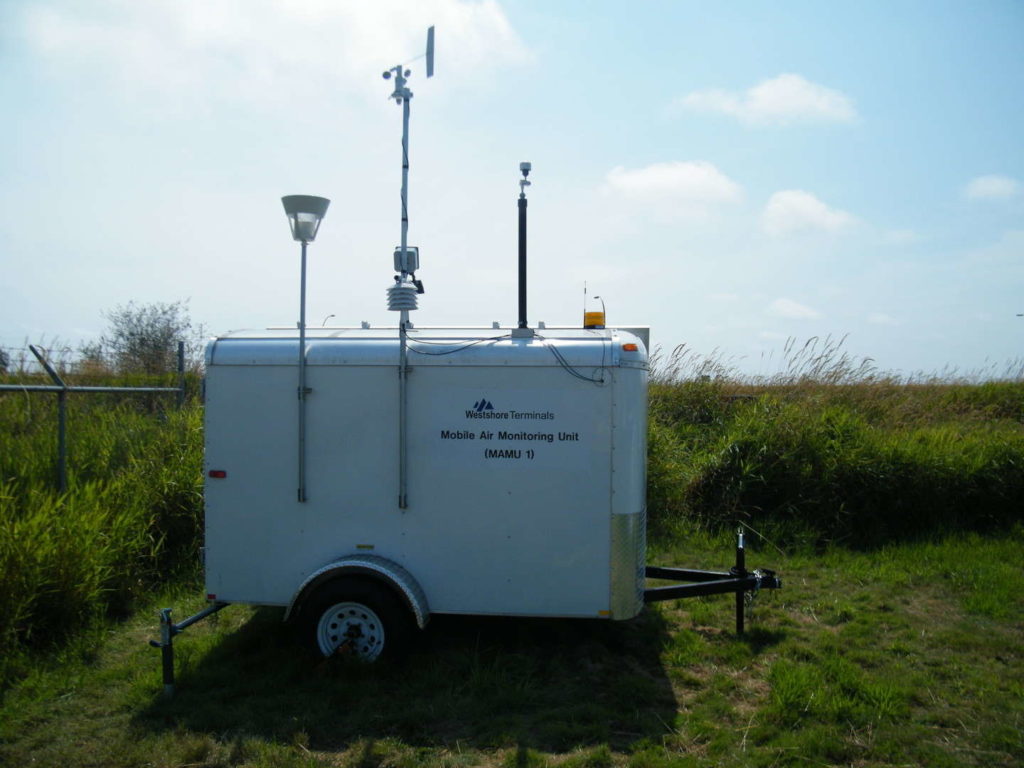
Mobile Unit in action
Here you can see our mobile unit in action, collecting and analysing live streams of data.
The data in Question is Carbon Dioxide levels being recorded by our mobile unit.
This data is transformed into information that can be used in real time about our environment.
On the right we see the latest reading that has been collected.
Below is a line graph that records readings throughout the day.




